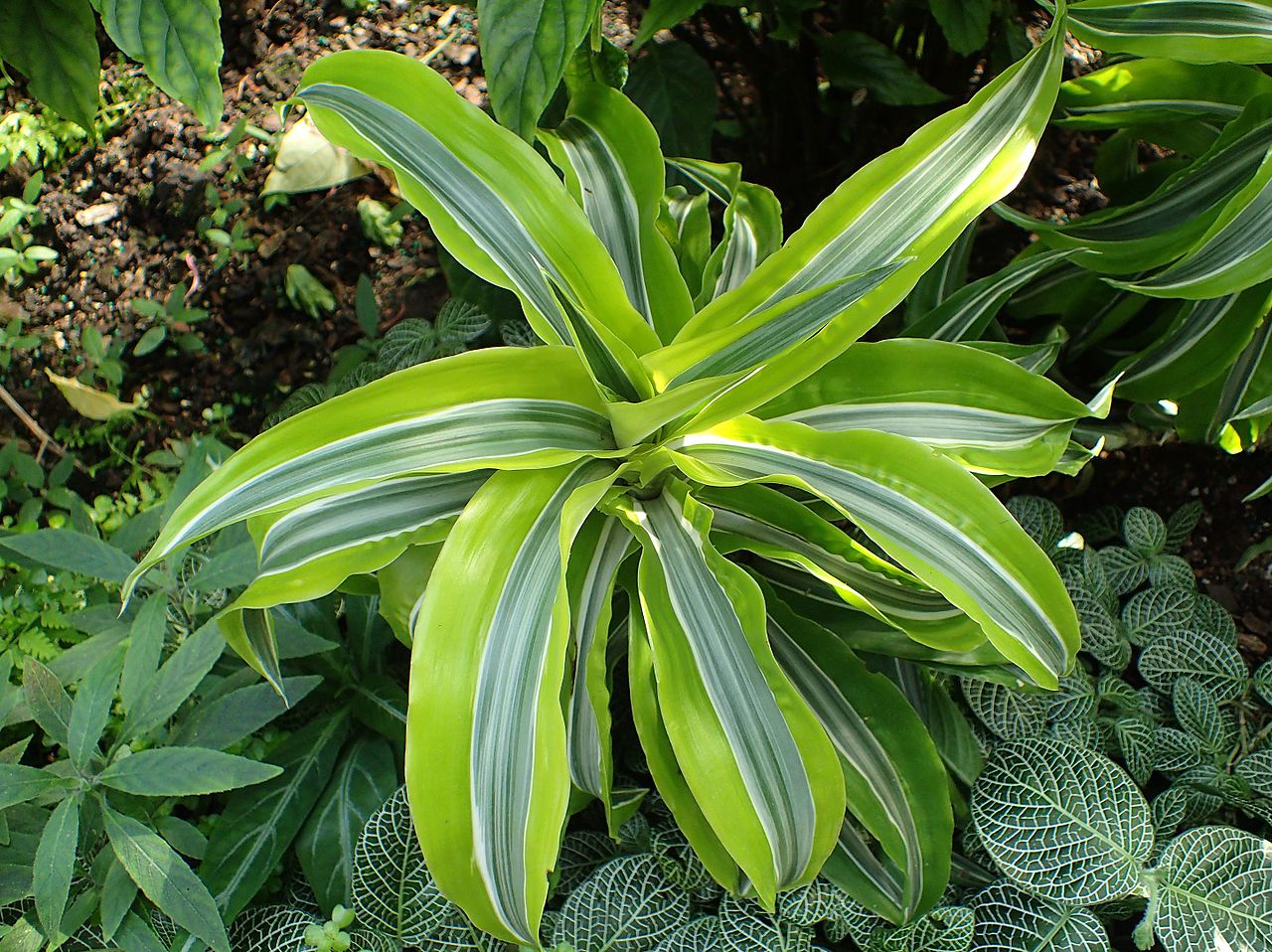
Image - Wikimedia / Krzysztof Ziarnek, Kenraiz
If you are looking for large plants to have in your living room, in a sheltered corner of your terrace or in the garden, there is no other that is like Dracaena. All of them have a tropical appearance that beautifies any place, and although they are sensitive to the cold, that should not worry you because they adapt well to living inside the houses.
The care they require is not very complicated; in fact, they are one of the easiest exotic plants to maintain. So don't hesitate to take a look at the 7 types of Dracaena that we recommend you to be able to enjoy an incredible home and / or garden.
7 types of Dracaena for homes and gardens
The Dracaena genus is made up of about 40 species of trees and succulent shrubs, especially native to Africa and the surrounding islands, but there are also some in South Asia and one in Central America. This makes their characteristics very different despite sharing genetics, and decorating any area with them is a pleasure.
The following list is just one example of how precious the dracena species are:
Dracaena braunii
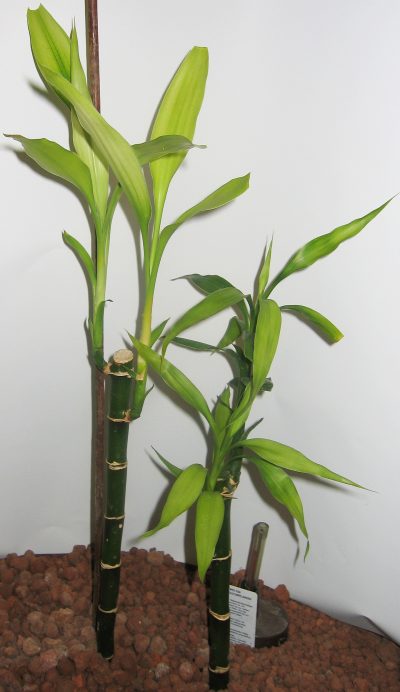
Image - Wikimedia / Magnus Manske
It is known as lucky bamboo despite the fact that it has nothing to do with bamboos, or because of its previous scientific name dracaena sanderiana. It is a shrub with thin, flexible stems with tapered leaves that reaches a height of 1,5 meters.
Dracaena cinnabari
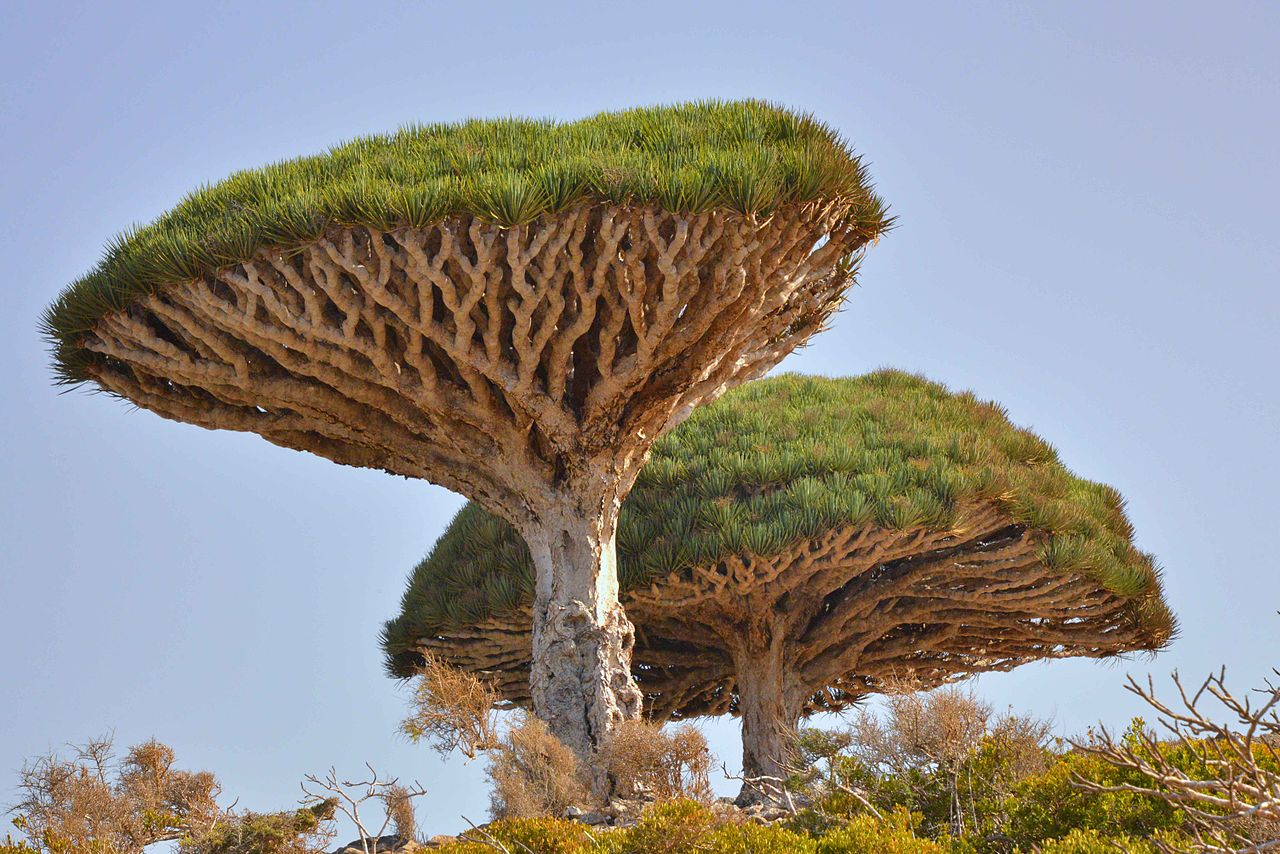
Image - Wikimedia / Rod Waddington from Kergunyah, Australia
Known as the dragon blood tree or Socotra dragon treeIt is a tree with a thick trunk and a hemispherical crown with rigid vertical leaves. It can reach a height of 10 meters.
dracaena draco
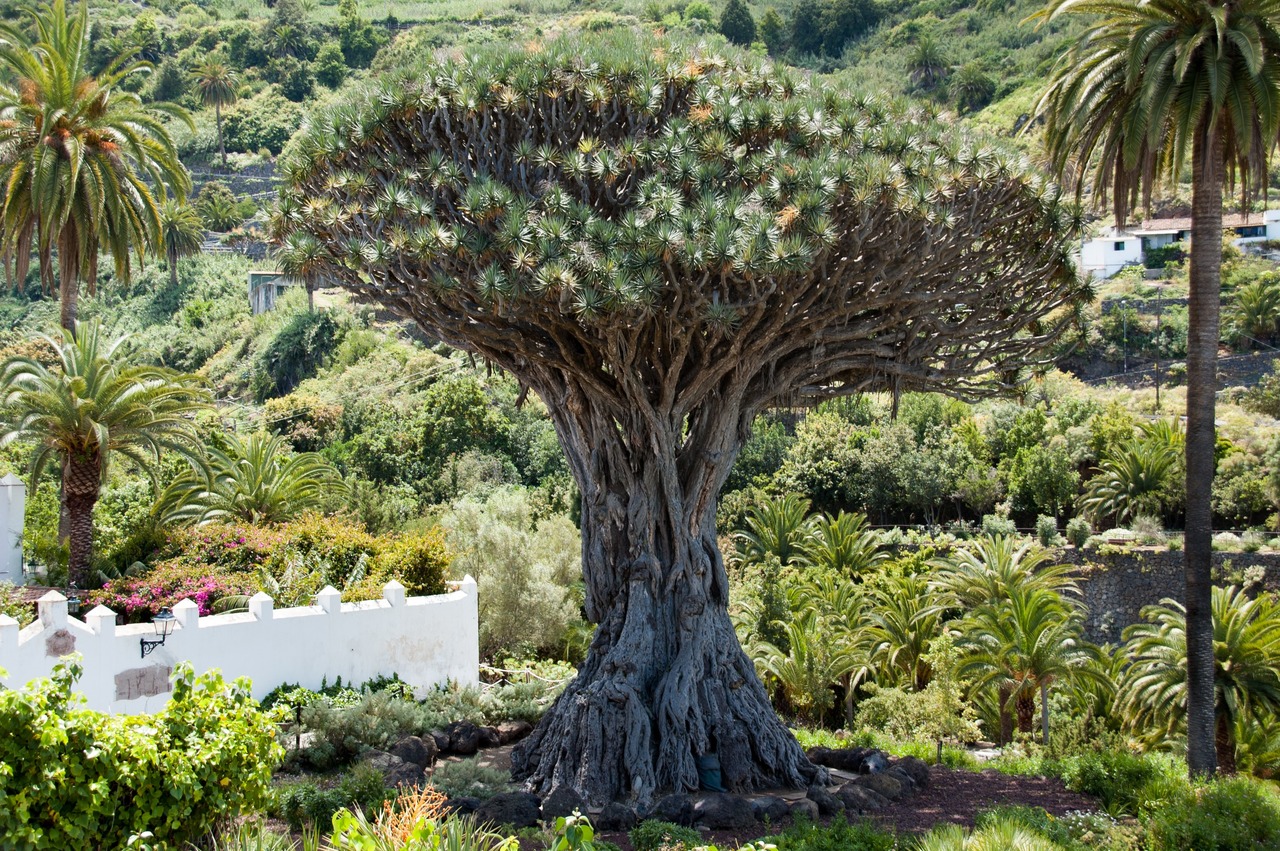
Popularly called Canary Islands dragon treeReferring to its place of origin, it is a very slow growing tree (it takes about ten years to grow 1 meter) with a thick trunk crowned by thick and leathery leaves. Its flowers are white, but unfortunately it takes a long time to produce them. Reaches a height of 12 meters.
Dracaena fragrans
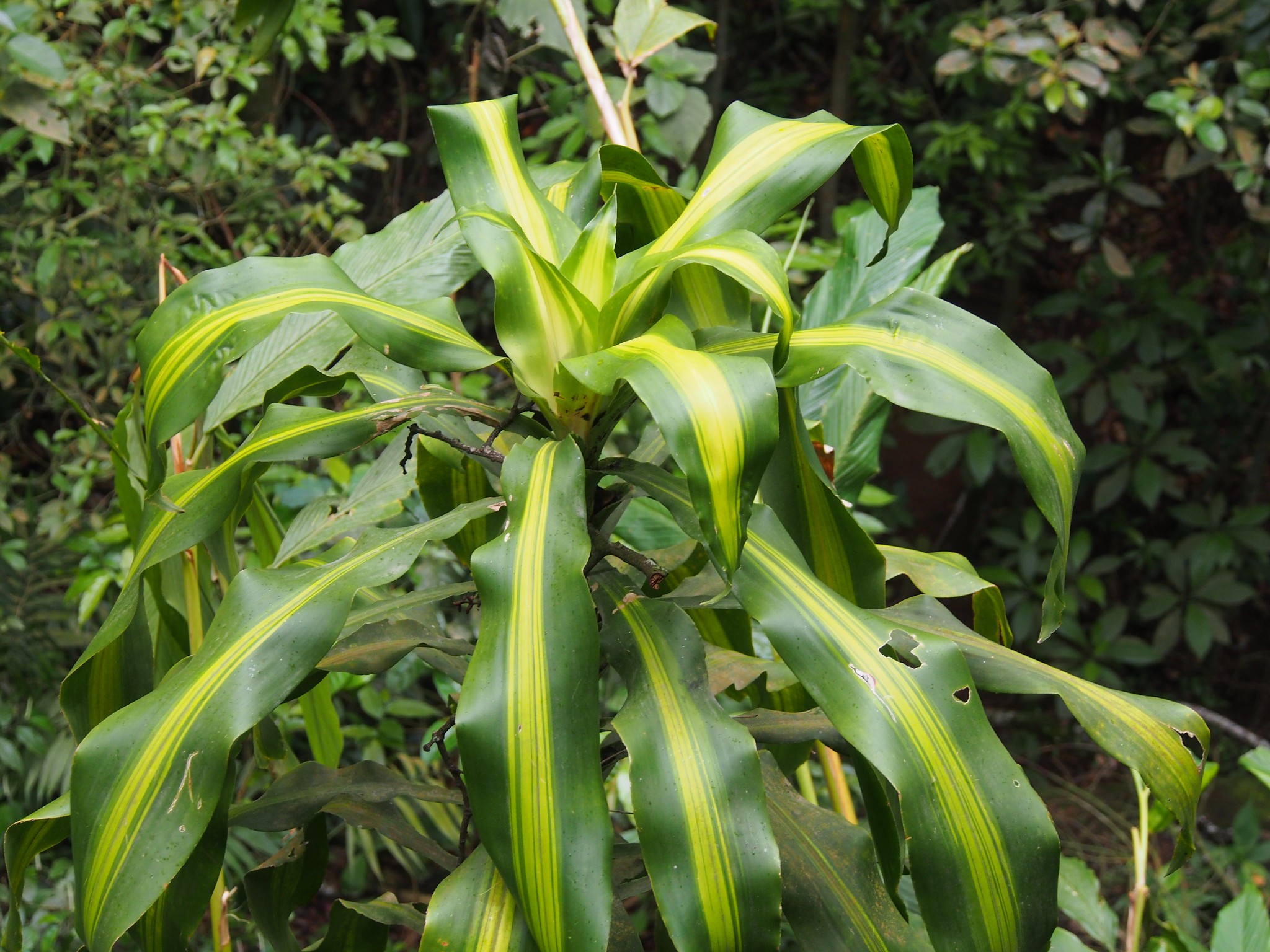
Image - Flickr / Vilseskogen
It is a species of shrub known as the Brazilian trunk, or by its previous scientific name Dracaena deremensis, who grows up to one meter in height. It produces white flowers with a sweet aroma, a characteristic that gives it the surname 'fragrans', which means fragrant or aromatic.
Dracaena fragrans 'Compact'
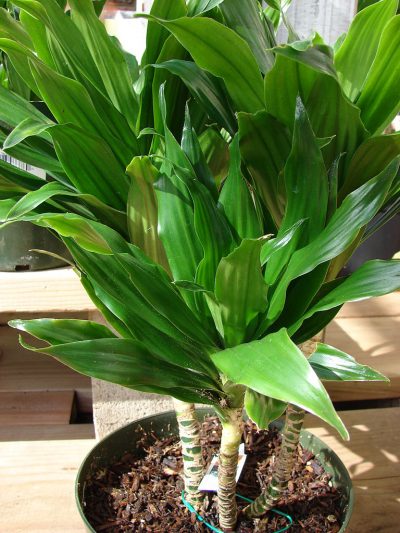
Image - Wikimedia / Forest & Kim Starr
Popularly called Compact dracaena, is a variety of Dracaena fragrans with wide and short leaves and with a height that does not exceed one meter.
Dracaena reflexa var. angustifolia
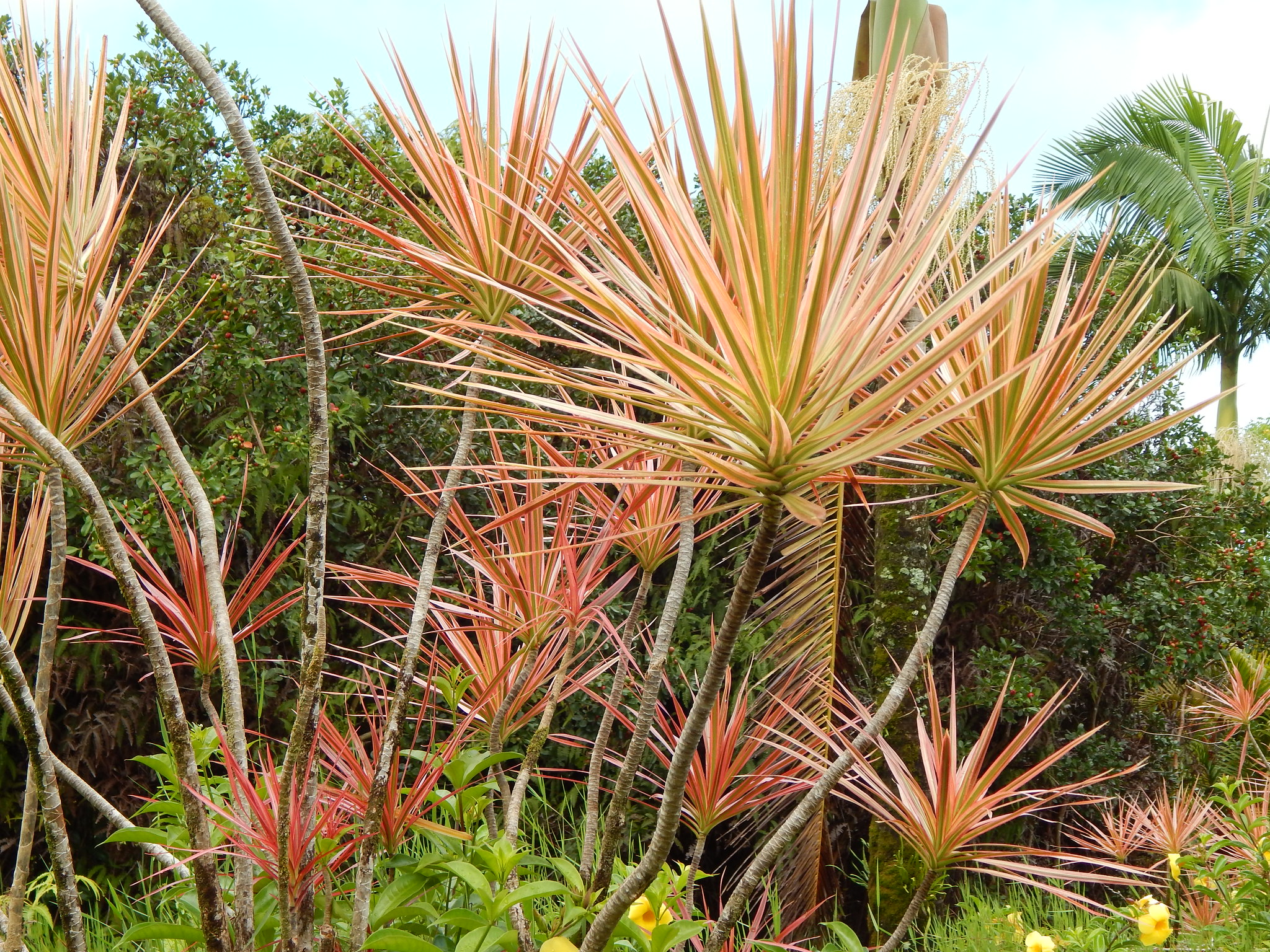
Image - Flickr / Forest & Kim Starr
Also known by its previous scientific name Dracaena marginata, is a shrub or small tree with linear, thin, green leaves with a dark red or orange margin. Reaches a height of up to 5 meters.
Dracaena tamaranae
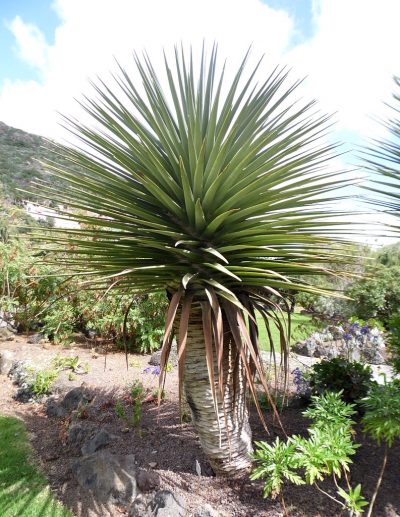
Image - Wikimedia / Krzysztof Ziarnek, Kenraiz
Or drago de Gran Canaria, it is an arboreal plant related to the dracaena draco that develops rigid, sharp leaves with a bluish and grayish color. It can exceed 8 meters in height, and produces whitish-green flowers.
How are they cared for?
Now that you've seen the different dracans that you can have in a particular paradise, you probably want to know how they are cared for, right? Well, here are many tips to make it even easier for you to enjoy your plants:
Location
It depends 🙂. If you want to keep them indoors, it is important that they are placed in a bright room so that they can grow properly.
However if you are going to grow them outside, put them in semi-shade, except the dragon trees of the Canary Islands (dracaena draco y Dracaena tamaranae) and the dragon blood tree (Dracaena cinnabari) that must be in full sun.
Earth
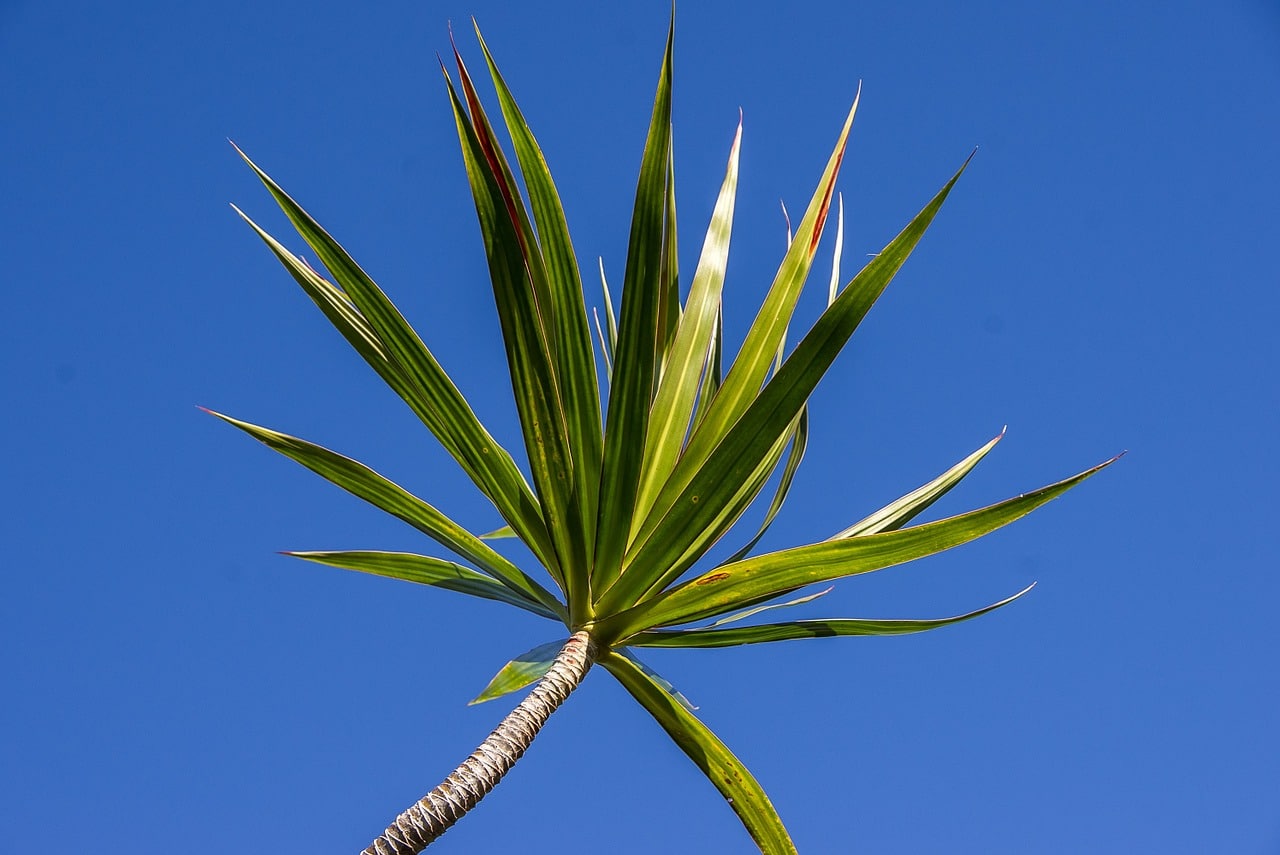
In general they grow in soils rich in organic matter, and with good drainage. This must be taken into account, because if they are grown on land with a tendency to compact a lot, the growth would not only be low, but also the risk of their roots rotting would be high.
Therefore, we advise the following:
- Flower pot: first add a layer of clay or volcanic clay, and then finish filling with universal substrate mixed with pearlite in equal parts.
- Garden: Unless you have a land with excellent drainage, it is highly advisable to make a planting hole of 1m x 1m, and fill it with the mixture of substrates mentioned above.
Irrigation
The frequency of irrigation will vary depending on the climate, location, and the species. A) Yes, while the dragon trees of the Canary Islands and the dragon blood tree are plants that must be watered very occasionally (once a week in summer and every 15 days the rest of the year), the other species will appreciate 2 and up to 3 weekly irrigations during the warmer season, and 1-2 per week the rest.
In any case, waterlogging must be avoided. In fact, it is for this reason that, for example, lucky bamboo, which is often sold rooted in water, or the dracena used in kokedamas, die after a while.
Subscriber
From spring to late summer they can be paid with a universal fertilizer for plants or with guano, following the instructions specified on the package.
Pests
They are very resistant, but can be affected by aphids, Red spider y mealybugs. Treat with diatomaceous earth, or remove with a brush soaked in water and a little pharmacy alcohol.
Management
In humid environments, when the leaves are sprayed / sprayed often, or if they are overwatered, fungi will damage them. If so, they will be dealt with fungicides and spraying and irrigation will be reduced.
Common Dracaena Problems
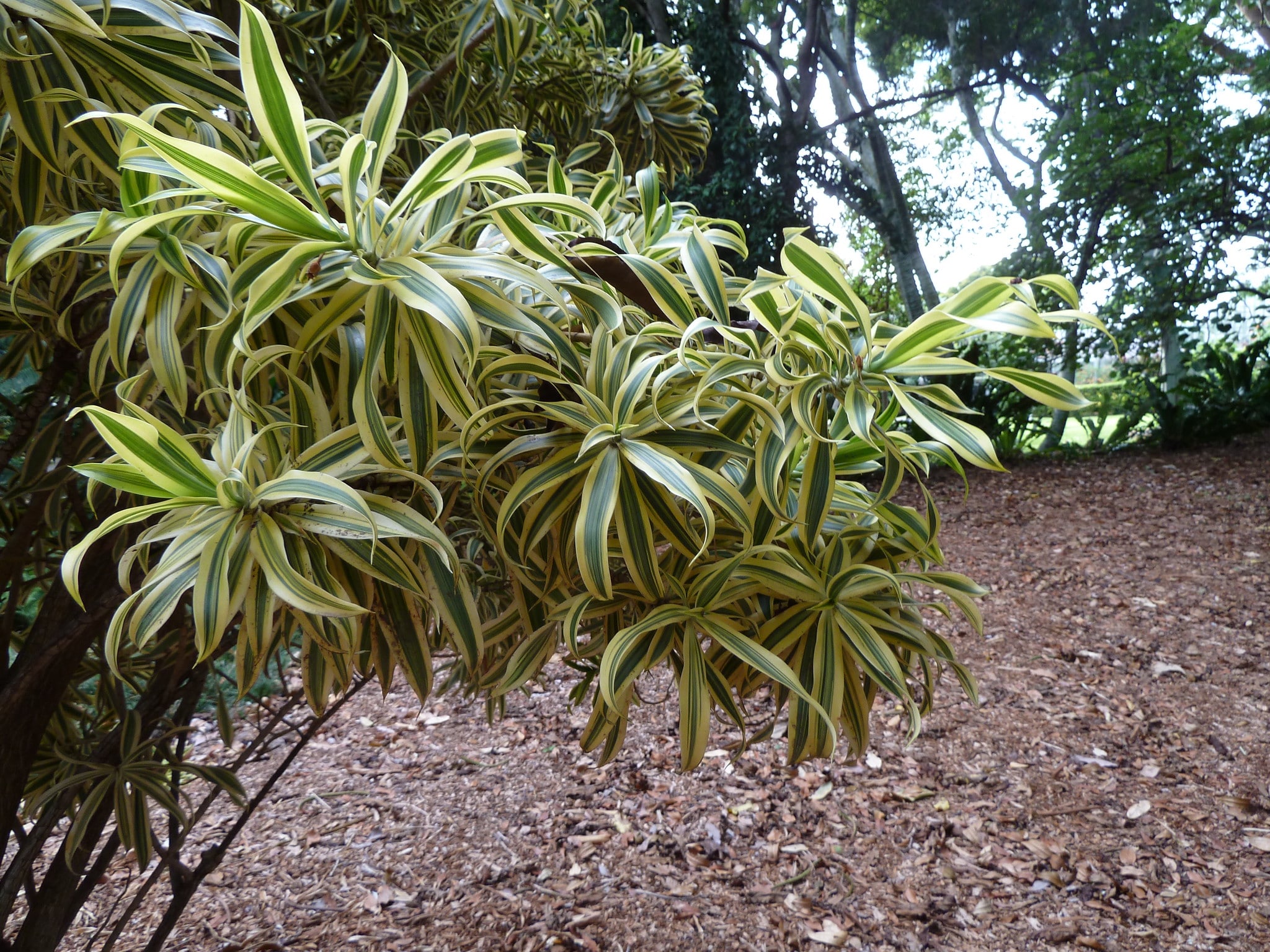
Image - Flickr / Krzysztof Ziarnek, Kenraiz
There are a number of problems that tend to have a lot, especially when grown indoors:
- Leaf burns: they are caused by having placed them in full sun, or next to a window. You have to find another place for them, and not spray the leaves when there is sun.
- Small new leaves: it is usually due to lack of fertilizer. You must pay it in spring and summer.
- Brown spots on the leaves: it could be from cold. Tropical species must be avoided exposing them to temperatures below 10ºC.
- Lower leaves fall: it can be due to sudden changes in temperature, or because they have simply reached the end of their life. Don't worry: they will come out again 🙂.
- Loss of leaf color: If they are turning pale, they probably lack light, but if you are already in a bright area, you will need a regular supply of compost.
- Dry tips on the leaves: there are several reasons: lack of water, dry environment, or too high temperatures.
- Soft or rotten leaves: excess watering and / or humidity. Suspend watering, and treat with fungicide.
- Soft trunk: ditto.
- Leaves with yellow edges and brown tips: if they also fall or curl, you should water more.
Planting or transplanting time
En spring. If you have them in a pot, transfer them to a larger one every 2 years.
Rusticity
It depends on the species. The vast majority are sensitive to cold and frost. Surely the most rustic is the dracaena draco, which can withstand up to -7ºC.
From my own experience, Dracaena reflexa var. angustifolia it withstands winters well with very mild and occasional frosts of up to -2ºC as long as it is somewhat protected.
What did you think of the different types of Dracaena that you have seen? 🙂
Very good info ??
Thank you